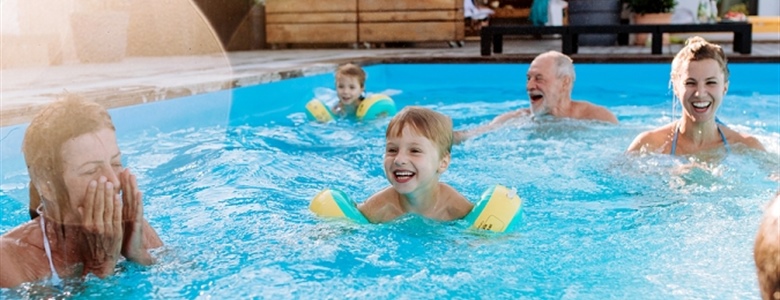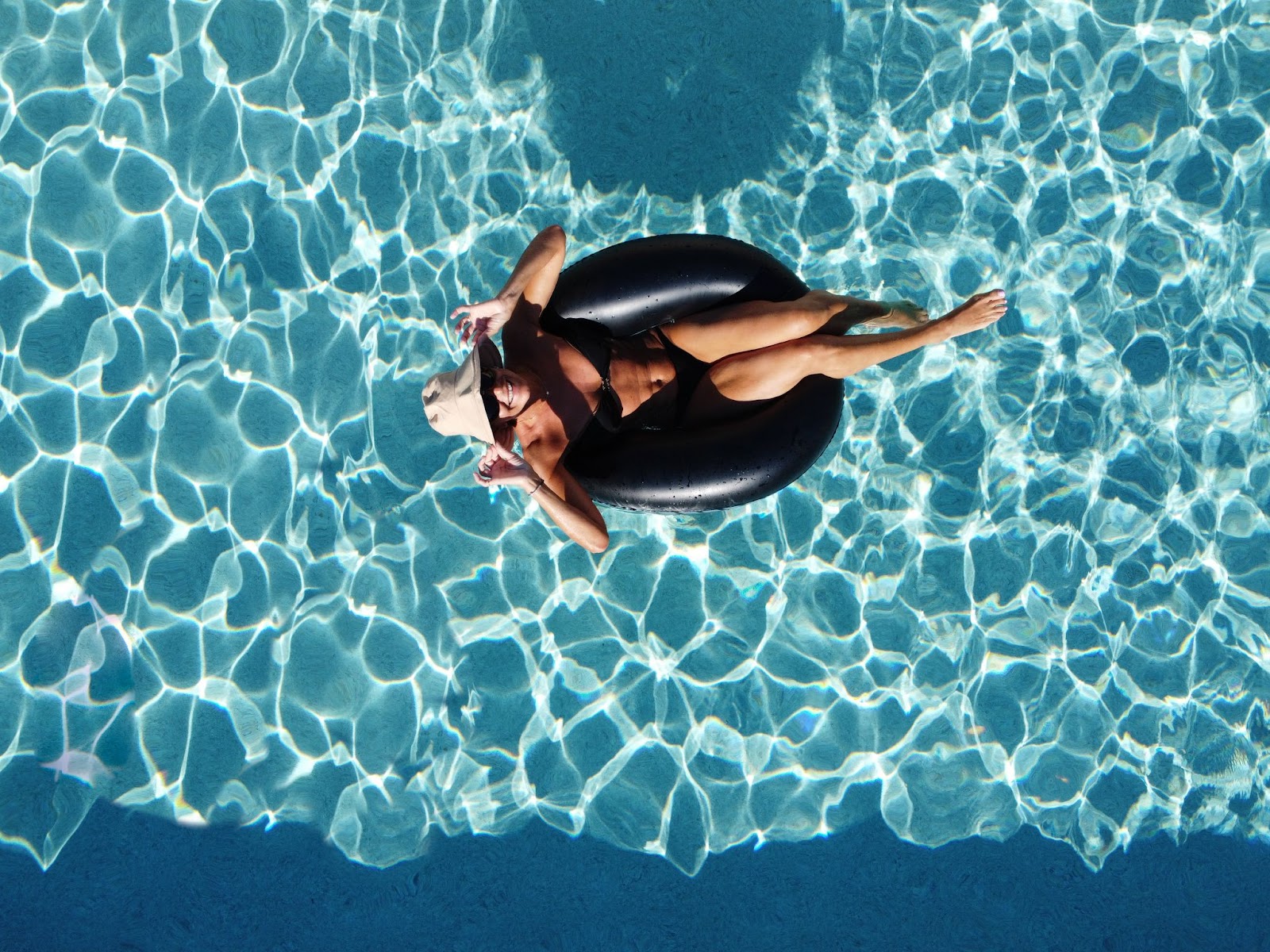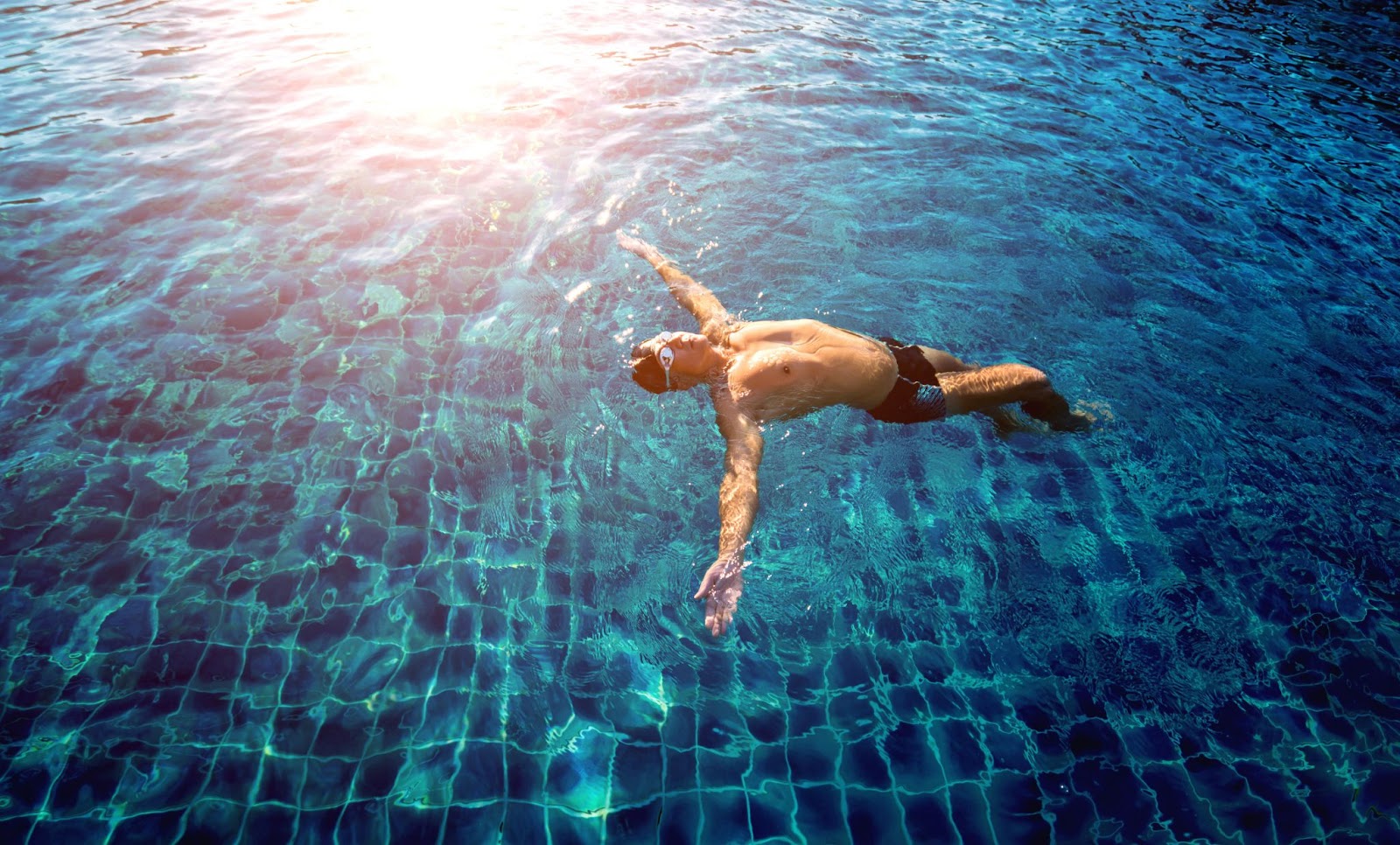10 Signs You Need a Pool Rehabilitation

You’re soaking in the sunshine, lying back on your trusted pink flamingo floatie amidst the clear, baby-blue water beneath you. Life doesn’t get much better than building your own luxury pool, right?
But to preserve that pristine condition of your brand-new vinyl or concrete pool, it pays to keep an eye out for potential problems that, if left untreated, could wind up costing you big time in the long run.
When it comes to practicing proper pool maintenance, more often than not, the most essential step is pool rehabilitation. Pool rehabilitation can be a time-consuming and expensive task, but if performed correctly and in a timely manner, it can help prevent further damage from happening in the future.
Knowing when you should start rehabilitating your pool is essential for keeping it enjoyable and safe for everyone. To keep you enjoying every Sunday afternoon on your trusted pink flamingo floaties, here are 10 signs to look out for that will tell you when it’s time for professional pool rehabilitation.
1. Discolored or Cloudy Water
Nothing is more off-putting than looking into your backyard pool and seeing a murky, gloomy body of water below. If your swimming pool has become discolored or cloudy over time, this is a sign that you must invest in a suitable cleaning process.
Proper pool cleaning includes scrubbing down the walls and floors with special chemicals and using an automatic vacuum to clear out any dirt or debris.
2. Excessive Algae Growth
If there’s one thing you should take away from this article, it’s that algae should NEVER be ignored! Algae can cause many issues, from making it difficult for swimmers to keep their balance in the water to producing an unpleasant odor.
To prevent this problem from occurring, a pool rehabilitation plan should include regular cleaning and treatments with special chemicals that specifically target algae.

3. Unlevel Surfaces
If your swimming pool has become unlevel over time due to ground movement or other causes, it must be appropriately leveled before you can safely use it again. Pool rehabilitation plans usually involve filling in low spots and draining high spots until the surface is even once more.
Leveling out your surfaces will instantly create a safer swimming environment for people of all ages!
4. Cracked Tiles or Liners
Having cracked tiles in the pool or a damaged liner indicates that you need to rehabilitate your pool. In addition to improving the appearance of your pool, addressing cracked tiles or liners will also do wonders for improving the water quality and safety of your swimming environment.
Proper pool rehabilitation typically includes replacing tiles, patching up cracks, or even installing a new liner, depending on the severity of the damage.
5. Malfunctioning Equipment
If any equipment (such as pumps, filters, and skimmers) is malfunctioning or not working correctly, this is another sign that your pool needs serious attention. Pool rehabilitation plans often include replacing or repairing broken parts with new components to ensure trouble-free operation.
It is crucial to address malfunctioning equipment promptly to avoid losing thousands of dollars to fix later on down the road.
6. Unsafe Surroundings
Rundown pools with unsafe surroundings can be dangerous for swimmers and visitors alike. To prevent accidents, it's vital to ensure your pool is safe and secure by regularly examining the area around it.
Pool rehabilitation plans should include reinforcing any worn-out support beams or walls and checking the electrical wiring to ensure it's up to code.

7. Fading Pool Surface
Over time, the surface of your pool may start to fade, losing its vibrant color and shine. This can be caused by prolonged exposure to the sun's UV rays, harsh chemicals, or general wear and tear.
A faded pool surface not only looks unattractive but can also indicate underlying damage that needs to be addressed through pool rehabilitation.
8. Persistent Leaks
If you notice that your pool is losing water at a faster rate than usual, it could be a sign of a leak. Persistent leaks can lead to water damage, structural issues, and increased water bills.
Pool rehabilitation may involve locating and repairing leaks in the pool's plumbing system or waterproofing the pool surface to prevent further water loss.
9. Outdated Pool Design
Does your pool look like it belongs in a bygone era? An outdated pool design not only detracts from your home's aesthetic appeal but can also affect its functionality and safety.
Consider pool rehabilitation to modernize your pool with contemporary features, such as energy-efficient lighting, smart technology, or a more streamlined layout.
10. Decreased Water Quality
Poor water quality can make swimming in your pool a less enjoyable experience. Signs of decreased water quality include foul odors, excessive foam, or skin and eye irritation after swimming.
Pool rehabilitation may involve upgrading filtration systems, adjusting chemical levels, or implementing regular water testing to maintain optimal water quality.
Trust MH3 With All Your Pool Rehabilitation Needs!
Pool rehabilitation can be an essential part of keeping your swimming pool in good condition - not only will it help prevent further damage from occurring, but it also ensures a more enjoyable experience for everyone.
At MH3 Design Group, we help homeowners maintain the best pool possible by offering professional pool rehabilitation services that will address faults or shortcomings with your custom pool design.
Ready to upgrade your backyard pool? Contact MH3 today and schedule a consultation with our custom pool design specialists!